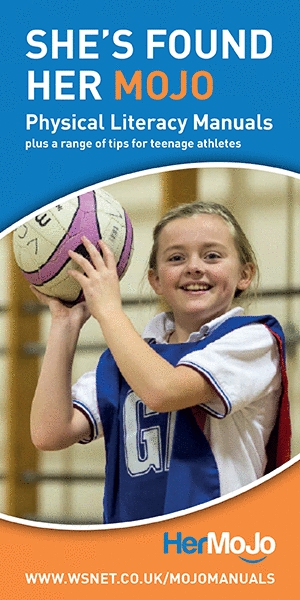Here's how fast you need to walk to reap the cardio benefits WITH @StylistMagazine
Walking is the word on everybody’s lips, with more people than ever before taking to the pavements or their local parks for their daily exercise. But when you head out for a quick after-work stroll round the block, do you really get the same benefits as you would if you went for a fast-paced hike with some Nordic walking poles?
Strong Women turned to the experts for answers. Nanette Mutrie is the director of physical activity for health research at the University of Edinburgh and Sally Davies is a senior physiotherapist at Bupa Health Clinics, and we asked them how, and why, we should check our pace.
However, we can measure our walking pace based on personal feeling rather than number too. “Normal walking pace should feel like you are breathing a little faster than normal and feeling a little warmer as a result of moving,” explains Nanette. “You should still be able to talk to a socially distanced buddy who might be walking along with you,” she adds.
HOW TO INCREASE WALKING PACE
“You can adjust your walking pace to best suit your needs and goals,” says Susie. “A higher intensity level of walking may not be possible for everyone, for example if you experience muscle or joint pain, but going on regular walks at a faster pace is more likely to see results such as increased fitness levels at a faster rate.”
However, as with everything, if you want to get a faster pace, you have to keep doing it. But consistency makes the rest easy: “If you are regularly walking, the comfortable pace will continue to increase as you get fitter. You won’t have to think too hard about – it will happen automatically,” says Nanette.
“The goal of walking for health should be to find a pace that you can do without feeling exhausted or as if you do not want to do it again the next day – it has to be sustainable.”
So why not join in? Keep active during the Coronavirus outbreak.
Promote your story/video on #WSNetTV Send a link to jo.c@wsnet.co.uk with some info about your exercise programme.
Have you seen MoJoManuals? FOOTBALLMoJo, LACROSSEMoJo, ROWMoJo, NETBALLMoJo – www.WSNet.co.uk/MoJoManuals
MoJoManuals addressing the wide range of issues which teenage girls face as they engage in competitive sport. Predicated on 'Physical Literacy' but also cover a range of other emotive issues such as: body image, diet, fit or thin, social media, training with menstruation, coaching style etc. – which impact how girls engage/drop out of sport – and potentially go on to be elite athletes and confident, mature young women outside of sport.






